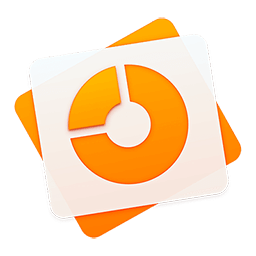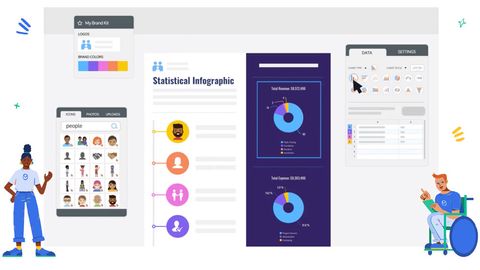

Your next step should be to decide how to present that data visually. Now you’ve got the questions you want to answer and the data you need to answer them. Make data visualizations for your infographic To learn more, review our suggestions for conducting your own research, and read our comprehensive guide to data collection. If both of these strategies fail you, you might have to collect your own data. Cool Datasets: A self-proclaimed “place to find cool datasets”.Data is Plural: A curated list of interesting, topical datasets, updated weekly.Google Scholar: A user-friendly search engine for academic publications.Google Trends Datastore: Curated datasets from the Google News Lab.American Time Use Survey: Data on the amount of time Americans spend doing various activities like sleeping, eating, and playing sports.Pew Research: Research on demographics, public opinion, media content, and more.


Use a minus sign to exclude terms from your search.For example, “product design process steps”.Use quotes to search for an exact phrase.Target your Google searches more efficiently with symbols and data-specific search terms: Google is often the best place to start your search. Let’s review some strategies for getting your hands on useful data, without having to conduct your own research. alone produces about 2.7 million GB of data per minute), if you just know where to look. There’s a ton of public data available to you (the U.S. If you have your own data, great-you can move on to step three! If not, don’t worry. You’ll need some data to help you answer each question you defined in step one. If you’ve gone through this process and you’re still not sure what story should tell, read more about discovering your infographic story. Defining the burning problem and using the question pyramid to break it down into actionable questions is the first step to making an effective infographic.


 0 kommentar(er)
0 kommentar(er)
